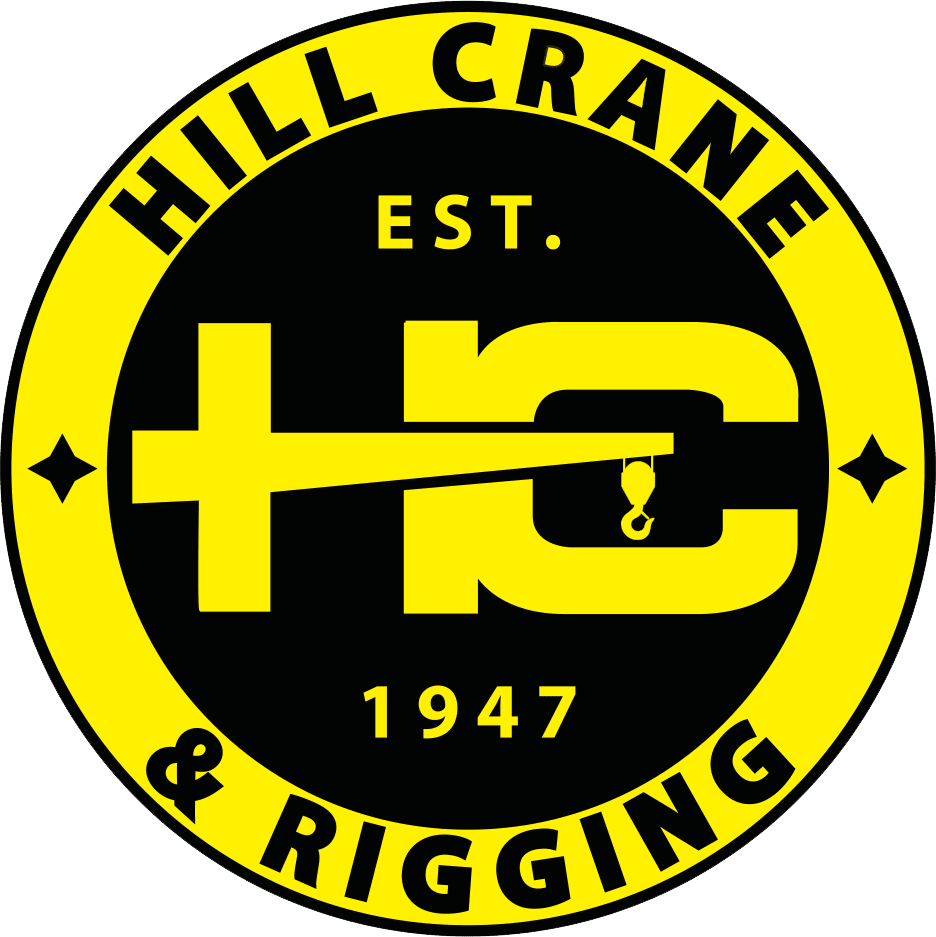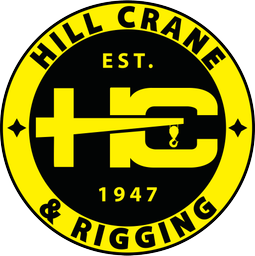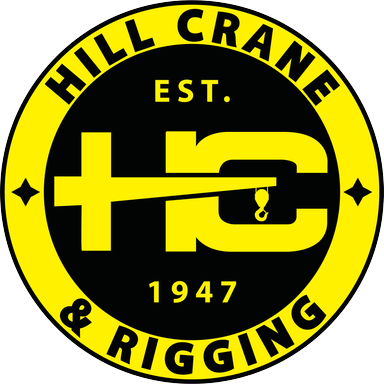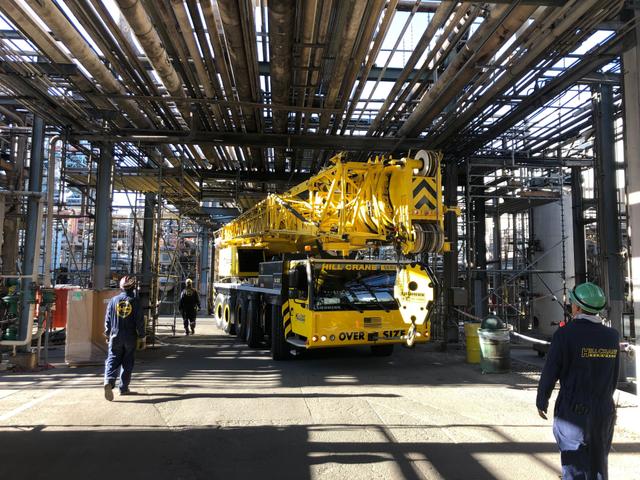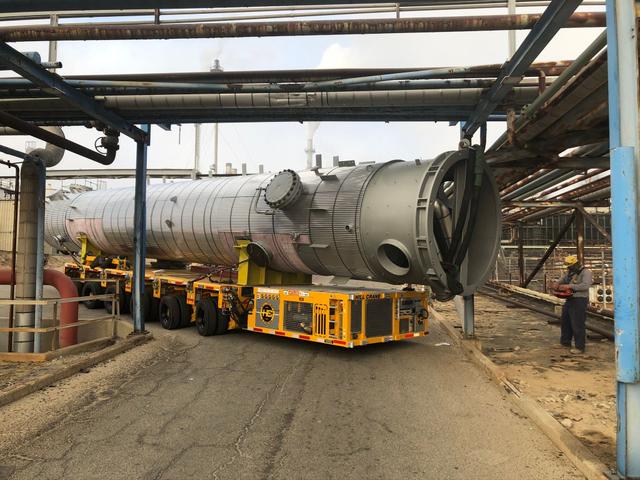Hydraulic truck cranes are powerful and versatile machines widely used in construction projects for lifting and moving heavy materials efficiently. These cranes combine the strength of hydraulic systems with the mobility of truck-mounted platforms, making them an essential asset where lifting power, quick setup, and flexibility are required. Their ability to travel on roads allows them to be deployed quickly across multiple sites, saving time and reducing project delays. Because of their compact design, hydraulic truck cranes can operate comfortably in tight urban spaces or rugged construction zones alike. This blend of mobility, versatility, and hydraulic lifting power makes them invaluable for modern construction, where efficiency and safety are paramount.
What is a Hydraulic Truck Crane?
A hydraulic truck crane is a crane mounted on a truck chassis that uses a hydraulic system to power lifting and boom movements. The crane features a telescopic boom, which can extend and retract to reach various heights and distances. Hydraulic cylinders control the boom's movement, providing smooth, precise lifting and positioning. The truck-mounted base allows the crane to be driven easily on public roads, boosting its mobility compared to stationary cranes.
Key features include
- Hydraulic system: Uses pressurized fluid to power the crane, enabling strong lifting capacity without the need for gears or heavy counterweights.
- Telescopic boom: Extends to reach loads at different heights and distances, offering flexibility on site.
- Mounted on truck chassis: Provides easy transportability and fast repositioning between job sites.
Benefits
- Quick setup: Hydraulic truck cranes require minimal time to prepare, so work can start faster.
- Road mobility: Being road-legal, they can move directly to and from multiple project locations without extra transport vehicles.
- Strong lifting power: Despite their mobility and compact design, they can lift heavy loads safely, handling a wide range of construction materials from steel beams to concrete panels.
This combination of features makes hydraulic truck cranes an ideal choice for projects requiring both heavy lifting and operational flexibility.
How Hydraulic Truck Cranes Maximize Project Efficiency
A hydraulic truck crane blends strong lifting power with the speed and flexibility needed on modern job sites. The result is faster timelines, fewer delays, and better use of crew hours. Here’s how they keep projects moving.
Mobility That Reduces Downtime
Because they are mounted on a truck chassis, hydraulic truck cranes can drive directly to the site on public roads—no extra transport trailer required. This means crews can finish a lift in one location, then quickly mobilize to the next. The time saved on transport and setup often translates into finishing critical lifts days ahead of schedule.
Versatility Across Project Types
From tight urban construction zones to large industrial yards, hydraulic truck cranes handle a wide range of lifting challenges. Their telescopic booms adjust to reach both near and far without swapping out components, making them ideal for projects where lifting distances vary throughout the day. Their compact footprint also helps when working in congested or restricted areas where larger cranes can’t operate efficiently.
Faster Setup for On-Time Delivery
Setup is streamlined with hydraulic truck cranes. Outriggers deploy quickly, hydraulic systems extend the boom with precision, and crews can begin lifting almost immediately after arrival. Industry reports show that truck cranes can reduce setup and takedown times by 25–30% compared to lattice boom cranes, freeing up valuable work hours for other tasks.
Advanced Controls for Precision and Safety
Today’s hydraulic truck cranes often include load moment indicators, swing and boom angle sensors, and computerized stability controls. These systems give operators real-time feedback, helping them position loads accurately and avoid overload conditions. In critical lifts, this precision reduces rework, prevents equipment damage, and strengthens safety compliance.
Key Factors When Selecting a Hydraulic Truck Crane
Choosing the right model requires matching crane capabilities to your specific project needs. Here’s what to assess before you commit.
Load Capacity and Working Radius
Confirm the heaviest load you will lift and the maximum radius or height it needs to reach. A crane that meets these requirements without operating at its limit will perform more safely and last longer.
Site Terrain and Access
Evaluate ground stability, slope, and space constraints. Cranes with multiple steering modes and high axle capacity handle rougher conditions, while compact models are better suited for urban sites with limited maneuvering space.
Budget: Rent or Purchase
For one-off or seasonal projects, renting a hydraulic truck crane keeps costs predictable and eliminates long-term maintenance responsibilities. For contractors with steady lifting needs, buying may reduce overall equipment costs over time. Factor in fuel, operator wages, and mobilization expenses.
Operator Experience and Safety Features
Even the best crane can’t compensate for untrained operators. Require proper certifications and experience with hydraulic systems. Ensure the unit has essential safety features like overload alarms, emergency stops, and outrigger position indicators to maintain compliance and reduce on-site risks.
Practical Applications and Use Cases
Hydraulic truck cranes are workhorses that adapt to a wide range of job site demands. Their combination of lifting power, mobility, and setup speed makes them a go-to choice for many industries.
Urban Construction
In crowded city projects, space is often the biggest challenge. Hydraulic truck cranes can navigate tight streets, set up quickly in limited staging areas, and lift materials to upper floors or rooftops without requiring large staging yards. This makes them ideal for setting HVAC units, lifting steel beams, or placing prefabricated components in busy downtown zones.
Infrastructure Projects
From bridge construction to utility upgrades, hydraulic truck cranes play a vital role in lifting heavy components into place. They are commonly used for lifting precast concrete sections, positioning large pipes, and assisting in roadwork where mobility between multiple sites in a single day is required.
Industrial and Material Handling
Factories, warehouses, and power plants often require heavy equipment to be relocated, replaced, or installed. Hydraulic truck cranes excel in these environments, handling machine moves, transformer placements, and heavy industrial components with precision, even in confined interior yards or plant spaces.
Safety and Maintenance Tips
Efficiency is only valuable when paired with safety. Proper maintenance and operational practices ensure your hydraulic truck crane works reliably and reduces the risk of incidents.
Regular Inspections
Inspect the hydraulic system, boom sections, and safety devices before every shift. Look for signs of fluid leaks, worn hoses, and structural fatigue. Early detection prevents costly breakdowns and unexpected downtime.
Operator Training
Only trained and certified operators should run hydraulic truck cranes. Knowledge of load charts, safety protocols, and site-specific hazards is critical to prevent accidents and maintain productivity.
Outriggers and Stability Checks
Deploy outriggers on firm, level ground, and use mats if needed to distribute weight and prevent sinking. Always confirm the crane is level before lifting. Stability is one of the most important factors in safe operation.
Conclusion
Hydraulic truck cranes offer a balance of power, speed, and adaptability that can transform the efficiency of your lifting operations. By understanding their capabilities, matching the crane to your project needs, and maintaining strong safety practices, you can complete lifts faster, safer, and within budget.
For expert guidance on choosing the right hydraulic truck crane and access to well-maintained equipment backed by skilled operators partner with a professional crane rental service. The right partner ensures your project benefits from both the right equipment and the experience to use it effectively.
